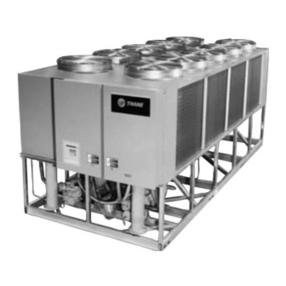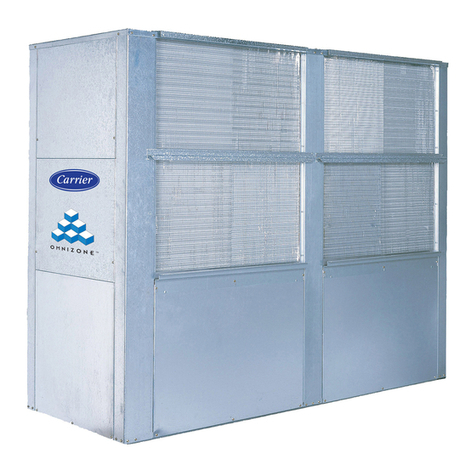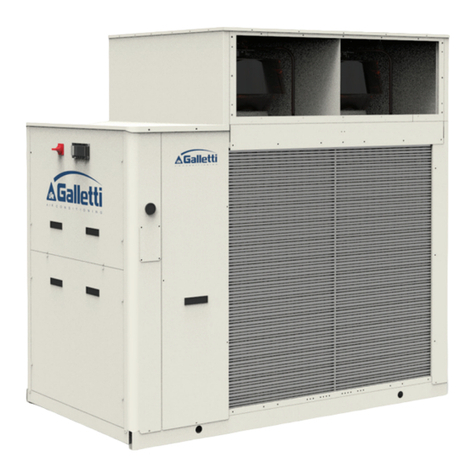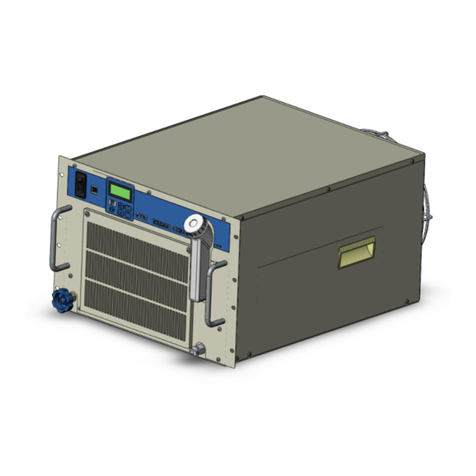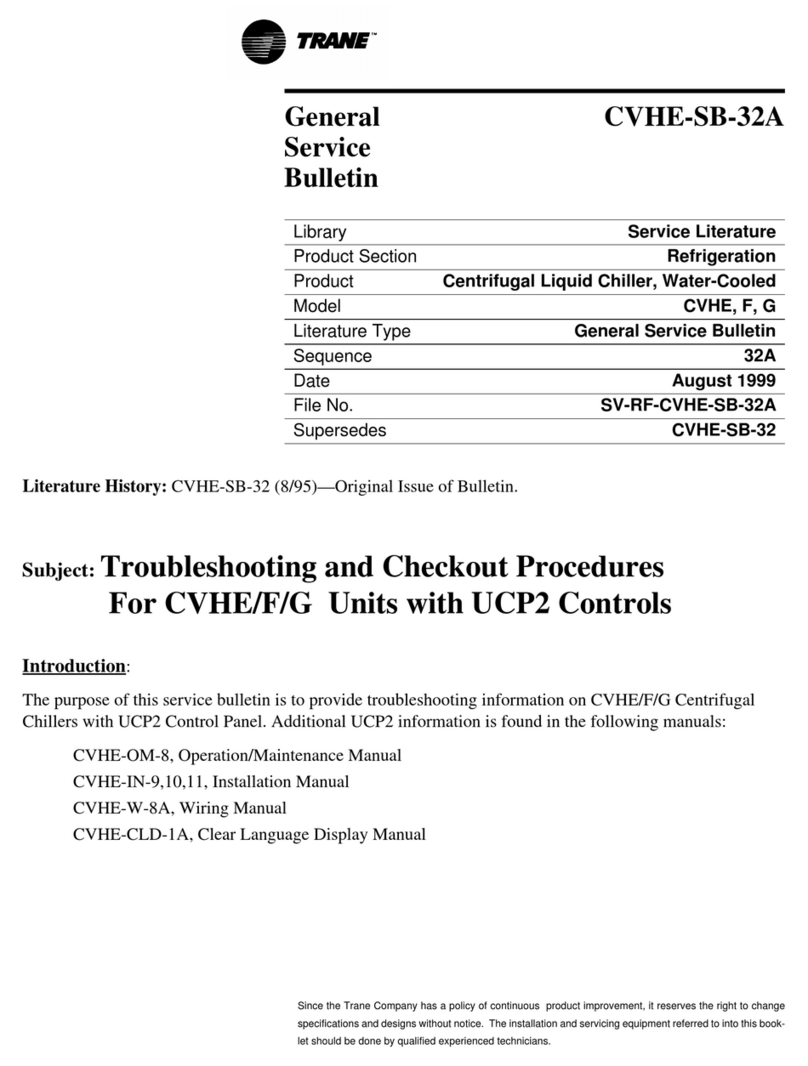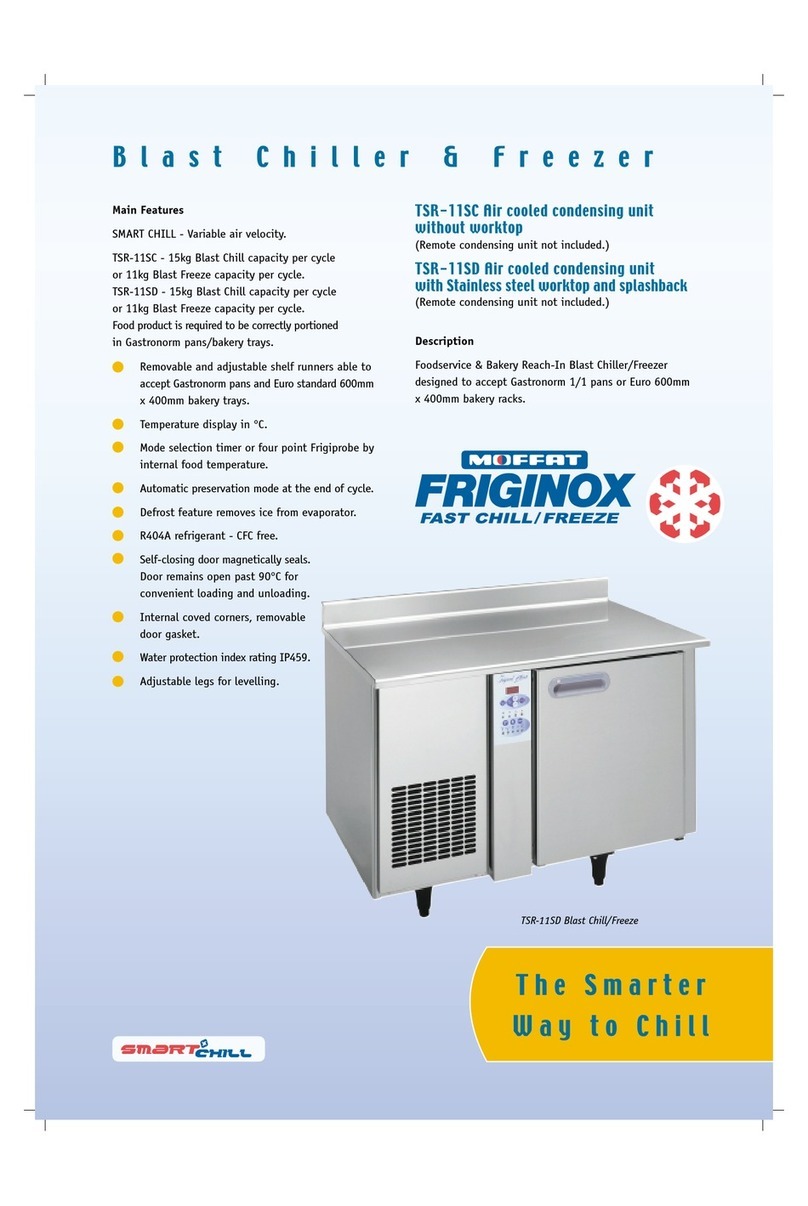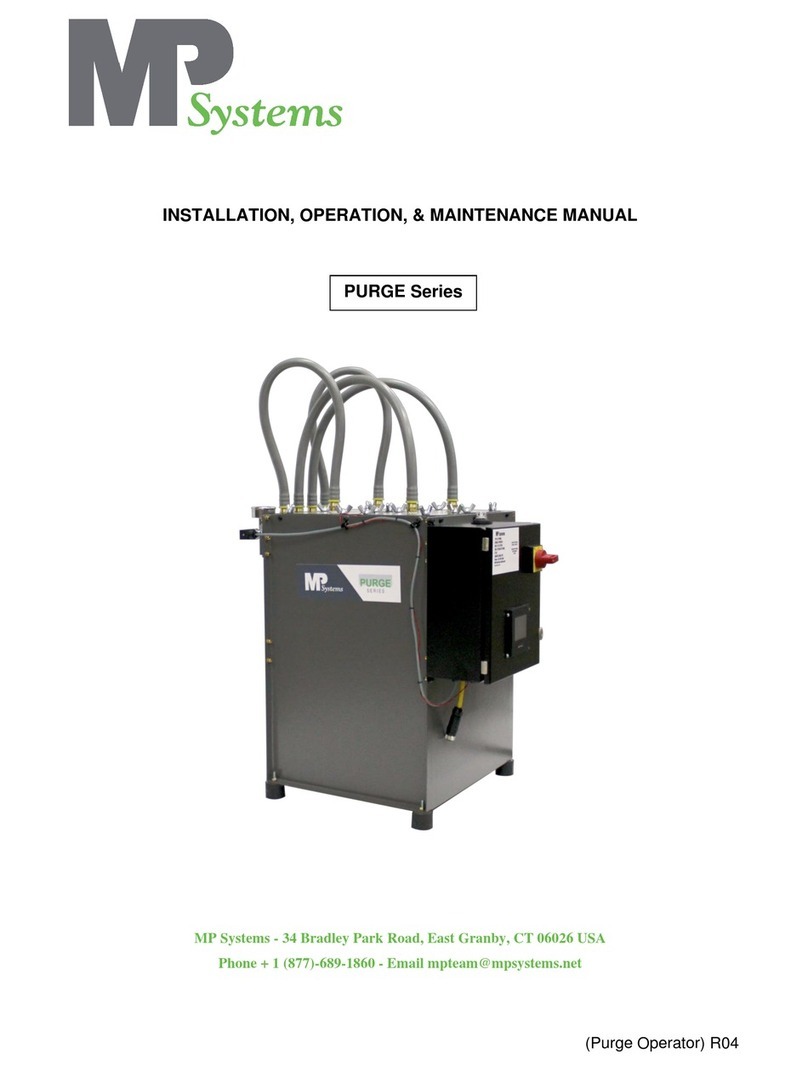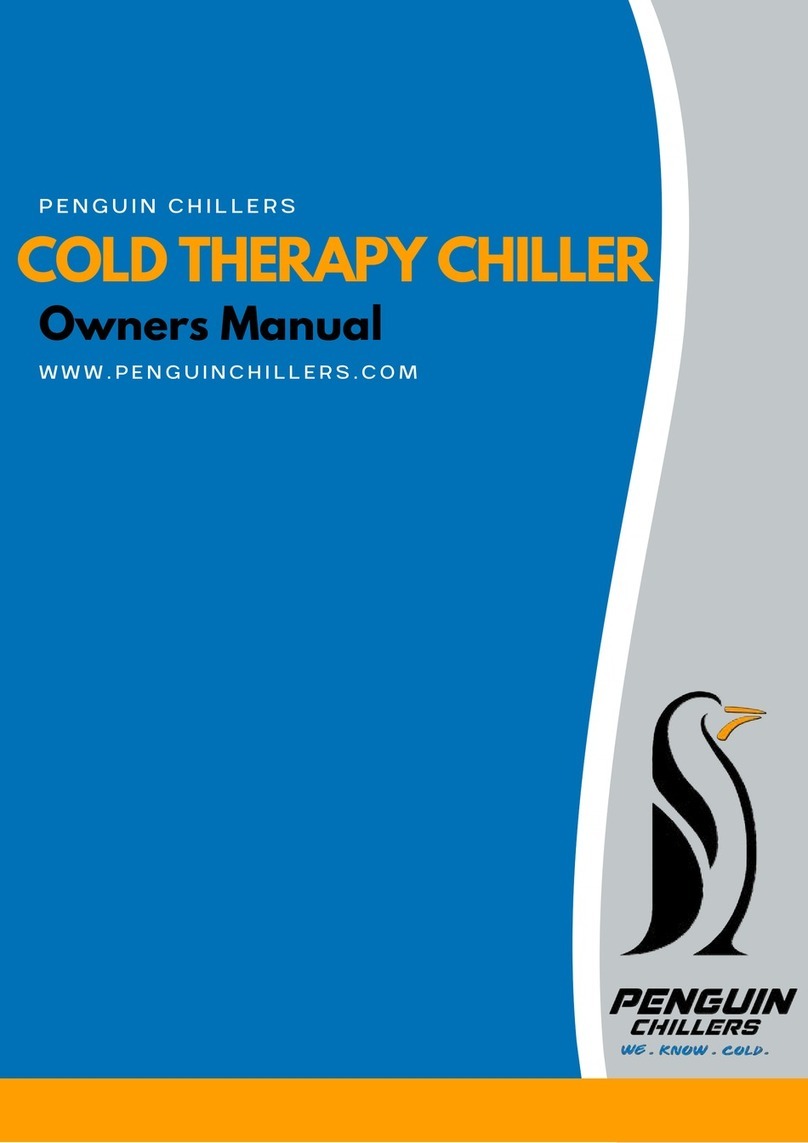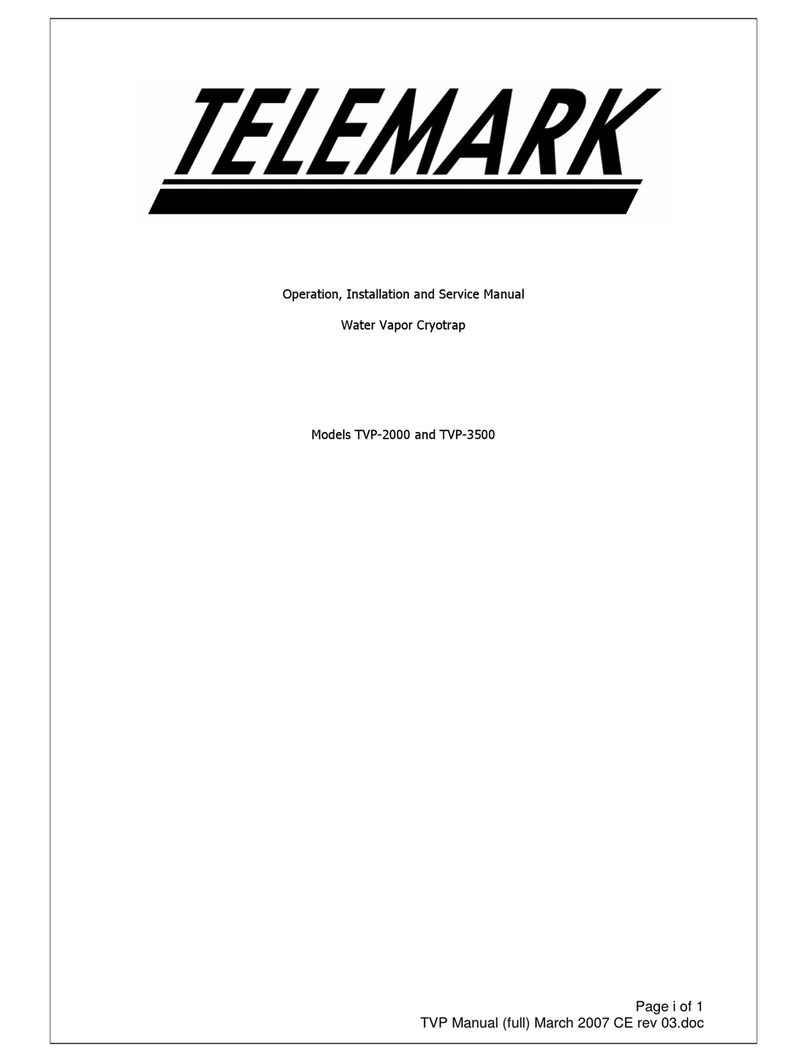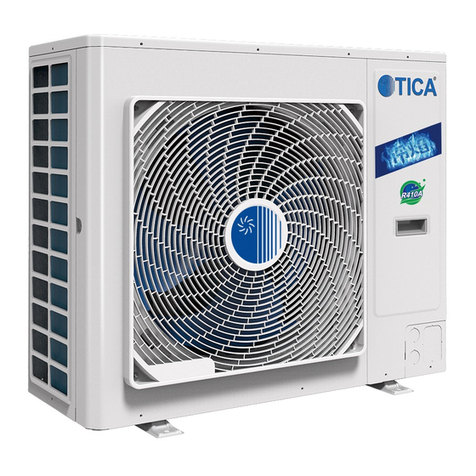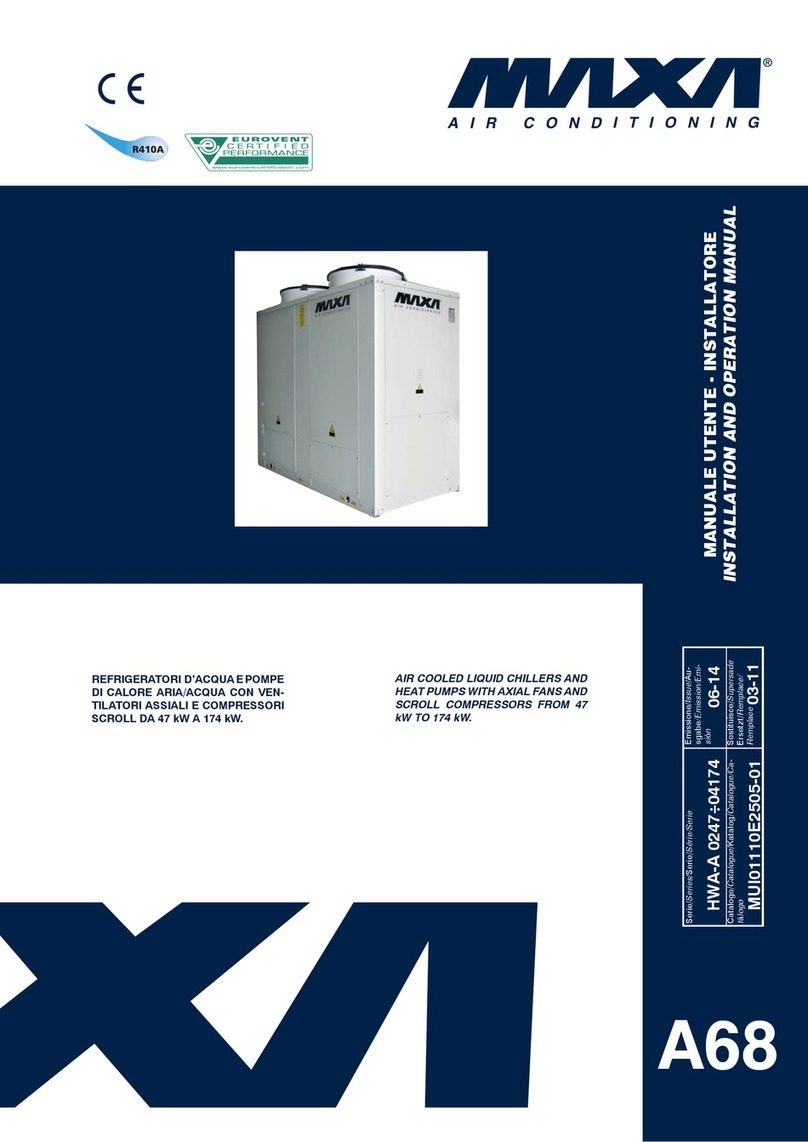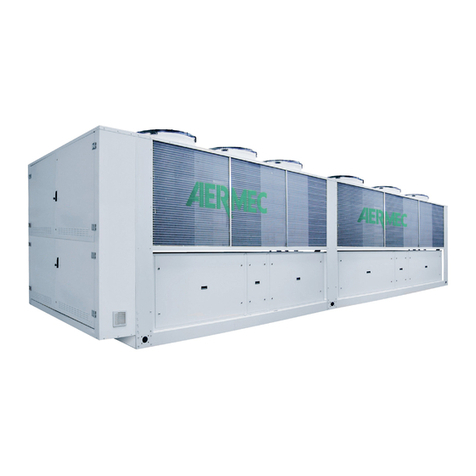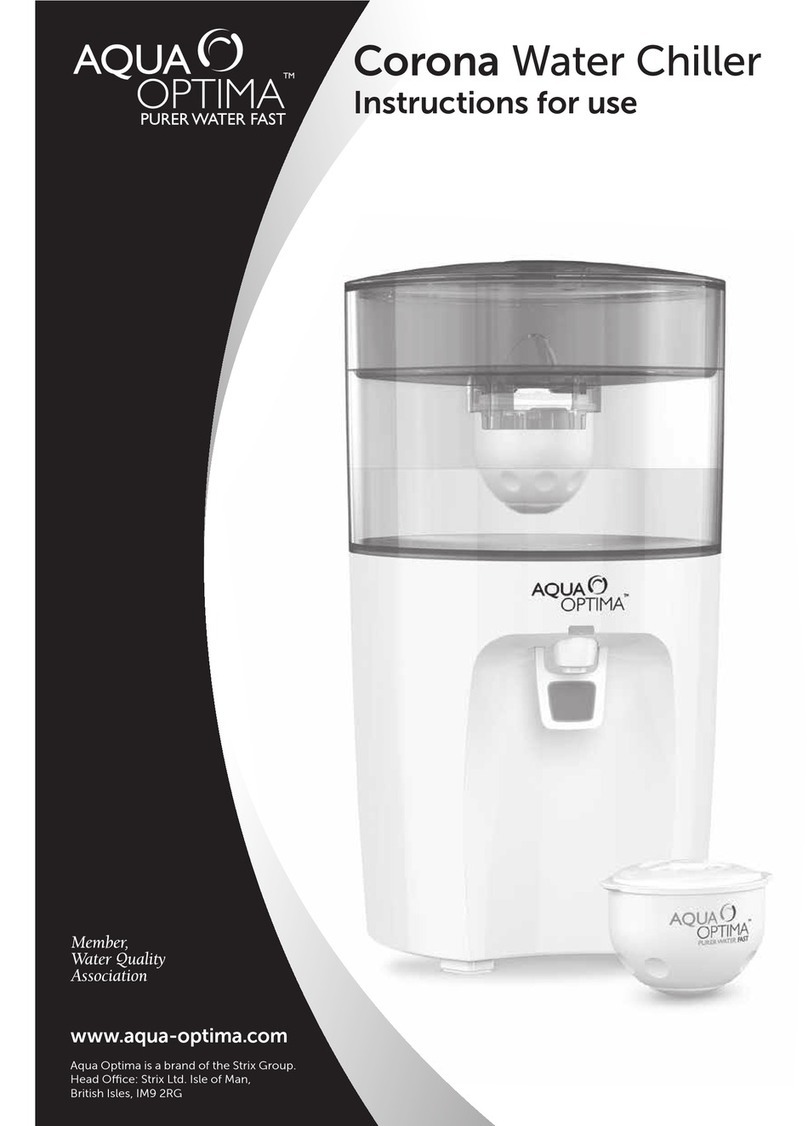Address and telephone list for calling for service
Supplier:
IV Produkt
Box 3103
SE-350 43 VÄXJÖ, Sweden
Street address: Sjöuddevägen 7
Phone: +46 (0)470-75 88 00
Telefax: +46 (0)470-75 88 77
Seller: .......................................................................... Service: ........................................................................
Post address: .............................................................. Post address: ...............................................................
Telephone: ................................................................... Telephone: ...................................................................
Other: ...................................................................................................................................................................
..............................................................................................................................................................................
..............................................................................................................................................................................
..............................................................................................................................................................................
..............................................................................................................................................................................
..............................................................................................................................................................................
..............................................................................................................................................................................
..............................................................................................................................................................................
..............................................................................................................................................................................
System Data
Type of unit: .................................................................
Order number: .............................................................
Year manufactured: .....................................................
Supply voltage: ............................................................
Refrigerant: .................................................................
SAQ approved HP: ......................................................
Hydrostatic test: ..........................................................
